- Department of Neurosurgery, University of Minnesota Medical School, Minneapolis, United States
- Department of Surgery, Minneapolis Veterans Affairs, Minneapolis, United States.
Correspondence Address:
Rishabh Gupta, Department of Neurosurgery, University of Minnesota Medical School, Minneapolis, United States.
DOI:10.25259/SNI_61_2023
Copyright: © 2023 Surgical Neurology International This is an open-access article distributed under the terms of the Creative Commons Attribution-Non Commercial-Share Alike 4.0 License, which allows others to remix, transform, and build upon the work non-commercially, as long as the author is credited and the new creations are licensed under the identical terms.How to cite this article: Rishabh Gupta1, Reid Johnson1, Uzma Samadani2. Recovery of volitional movement with epidural stimulation after “complete” spinal cord injury due to gunshot: A case report and literature review. 24-Feb-2023;14:68
How to cite this URL: Rishabh Gupta1, Reid Johnson1, Uzma Samadani2. Recovery of volitional movement with epidural stimulation after “complete” spinal cord injury due to gunshot: A case report and literature review. 24-Feb-2023;14:68. Available from: https://surgicalneurologyint.com/?post_type=surgicalint_articles&p=12176
Abstract
Background: Epidural spinal cord stimulation (eSCS) restores volitional movement and improves autonomic function after nonpenetrating and traumatic spinal cord injury (SCI). There is limited evidence of its utility for penetrating SCI (pSCI).
Case Description: A 25-year-old male sustained a gunshot wound (GSW) resulting in T6 motor/sensory paraplegia and complete loss of bowel and bladder function. Following eSCS placement, he regained partial volitional movement and has independent bowel movements 40% of the time.
Conclusion: A 25-year-old pSCI patient who, following a GSW resulting in T6-level paraplegia, sustained marked recovery of volitional movement and autonomic function following eSCS placement.
Keywords: Epidural spinal cord stimulation, Gunshot wound, Paralysis, Spinal cord injury, Traumatic injury
INTRODUCTION
Penetrating spinal cord injuries (pSCIs), most often from gunshot wounds (GSWs), comprise one-fifth of all spinal cord injuries (SCIs).[
CASE DESCRIPTION
History and treatment
A 25-year-old male sustained a GSW to the T6 spine (4/2017); the bullet entered his right shoulder, passed through his lung, and ended up in the T6 vertebrae resulting in paraplegia [
Postoperative course and recovery
Two days postoperatively, with eSCS turned on, the patient could perform seated knee extension and hip flexion and began physical therapy and walking therapy [
Video 1
Video 2
DISCUSSION
Although 80% of patients with blunt spinal cord injuries undergo surgery, only 17% of patients with pSCI have surgery.[
CONCLUSION
This case study shows that a patient with a pSCI attributed to a GSW resulting in total loss of motor and sensory function can benefit from the placement of an epidural spinal cord stimulator.
Declaration of patient consent
The authors certify that they have obtained all appropriate patient consent.
Financial support and sponsorship
Nil.
Conflicts of interest
Dr. Samadani has equity in Oculogica and has received speaking fees from Integra. Abbott and Medtronic have made donations to the J Aron Allen Legacy Foundation, which has donated research money to the laboratory of Dr. Samadani. No other disclosures were reported.
Videos available on:
Disclaimer
The views and opinions expressed in this article are those of the authors and do not necessarily reflect the official policy or position of the Journal or its management. The information contained in this article should not be considered to be medical advice; patients should consult their own physicians for advice as to their specific medical needs.
References
1. Avila MJ, Martirosyan NL, Hurlbert RJ, Dumont TM. Penetrating spinal cord injury in civilians: Analysis of a national database. World Neurosurg. 2021. 146: e985-92
2. Bin-Alamer O, Bhenderu LS, Stuebe C, Sagoo NS, Palmisciano P, Haider M. Penetrating spinal cord injury: A systematic review and meta-analysis of clinical features and treatment outcomes. Spinal Cord. 2022. 60: 845-53
3. Kandhari S, Sharma D, Samuel S, Sharma G, Majumdar P, Edgerton VR. Epidural spinal stimulation enables global sensorimotor and autonomic function recovery after complete paralysis: 1st study from India. IEEE Trans Neural Syst Rehabil Eng. 2022. 30: 2052-9
4. Khorasanizadeh M, Yousefifard M, Eskian M, Lu Y, Chalangari M, Harrop JS. Neurological recovery following traumatic spinal cord injury: A systematic review and meta-analysis. J Neurosurg Spine. 2019. 30: 683-99
5. Platt A, Dafrawy MH, Lee MJ, Herman MH, Ramos E. Gunshot wounds to the lumbosacral spine: Systematic review and meta-analysis. Global Spine J. 2022. 12: 1247-53
6. Richardson RR, Cerullo LJ, McLone DG, Gutierrez FA, Lewis V. Percutaneous epidural neurostimulation in modulation of paraplegic spasticity. Six case reports. Acta Neurochir (Wien). 1979. 49: 235-43
7. Roach MJ, Chen Y, Kelly ML. Comparing blunt and penetrating trauma in spinal cord injury: Analysis of long-term functional and neurological outcomes. Top Spinal Cord Inj Rehabil. 2018. 24: 121-32
8. Sidhu GS, Ghag A, Prokuski V, Vaccaro AR, Radcliff KE. Civilian gunshot injuries of the spinal cord: A systematic review of the current literature. Clin Orthop Relat Res. 2013. 471: 3945-55


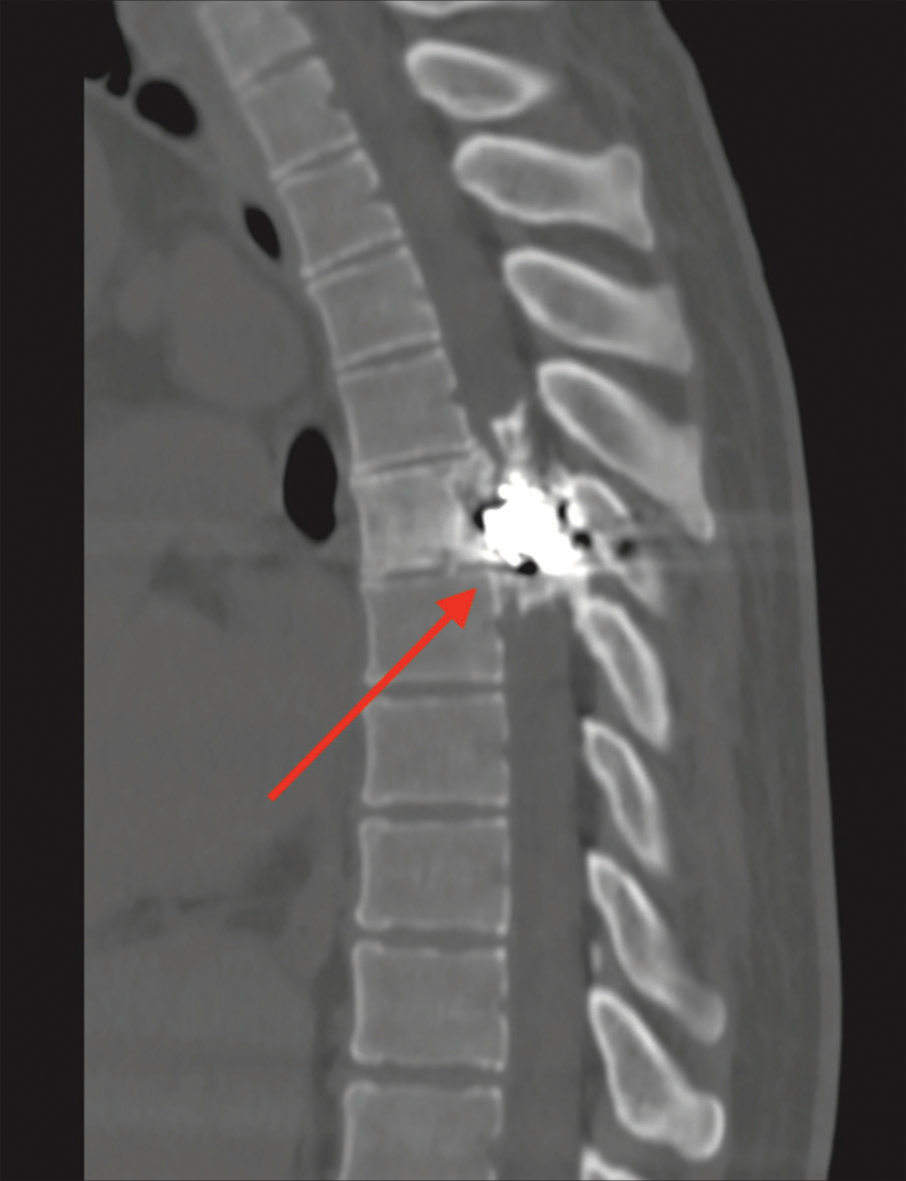
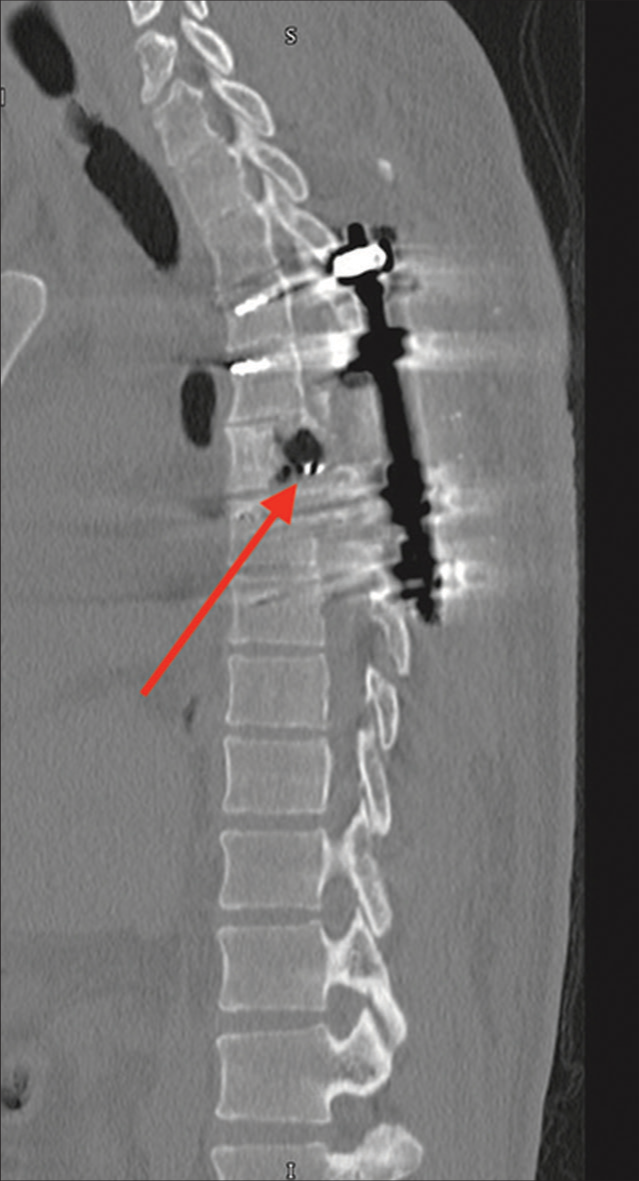
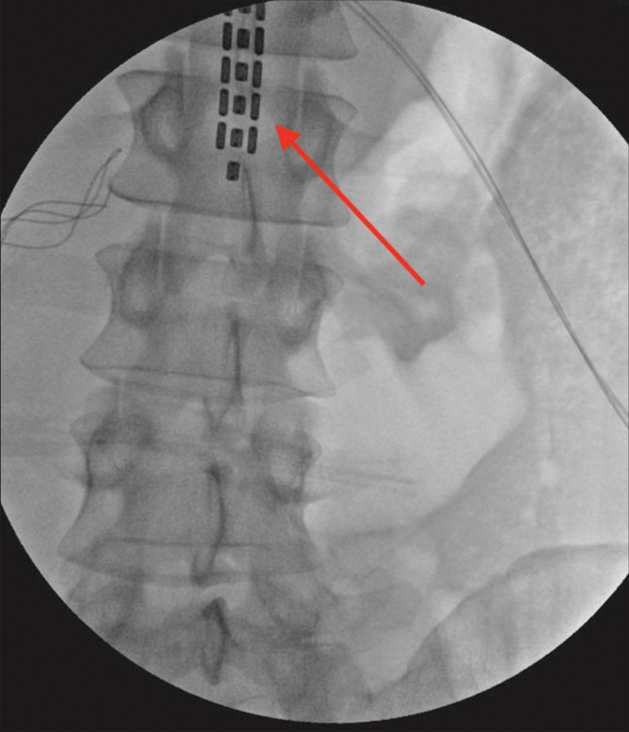
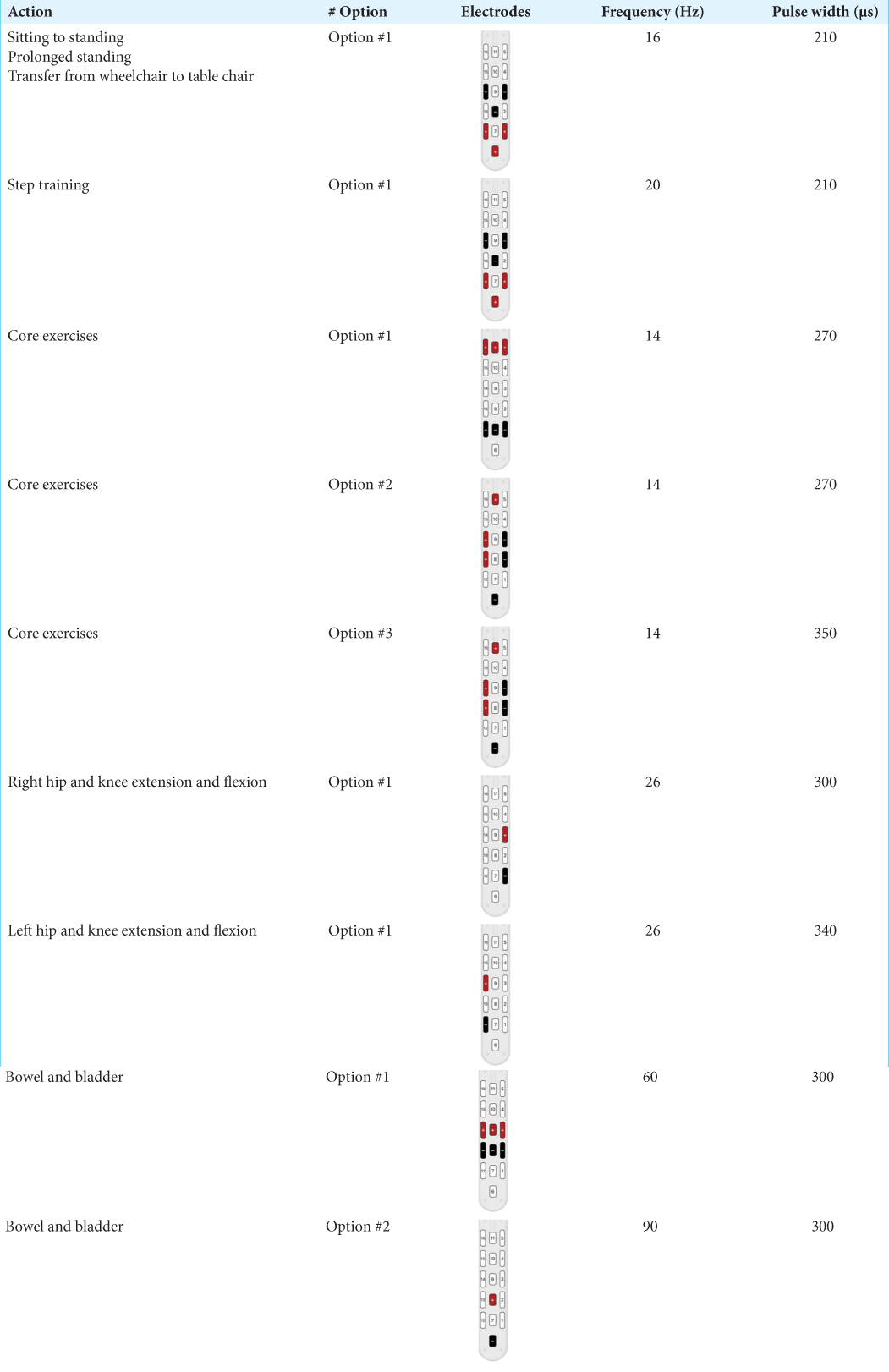
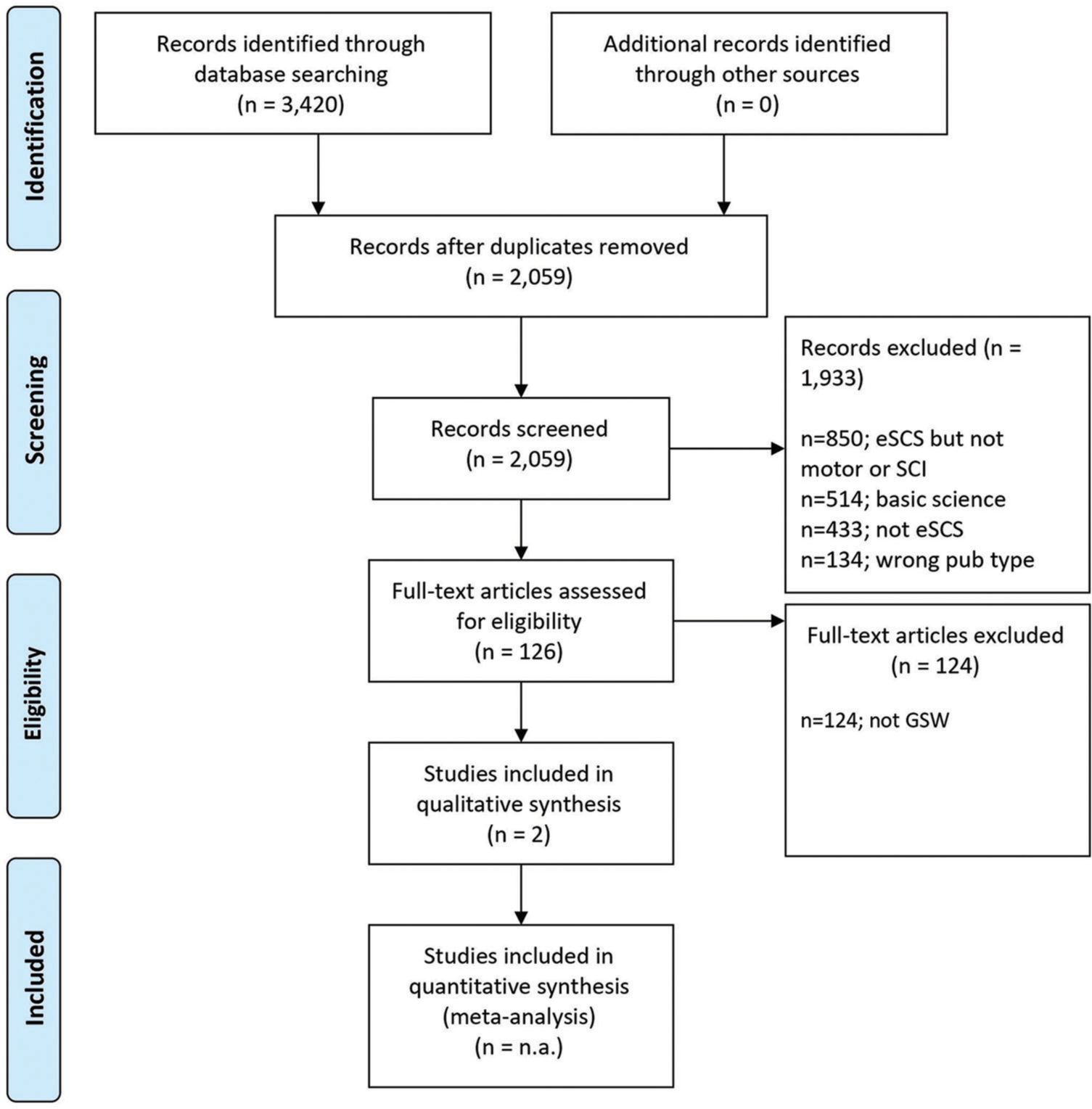





Michael Wolfe
Posted March 15, 2023, 9:32 am
I have a t-6 sci and the bullet remains in my spine but didn’t touch my spinal cord. I want to get back walking and I’m willing to have the bullet removed and the epidural stimulator implanted